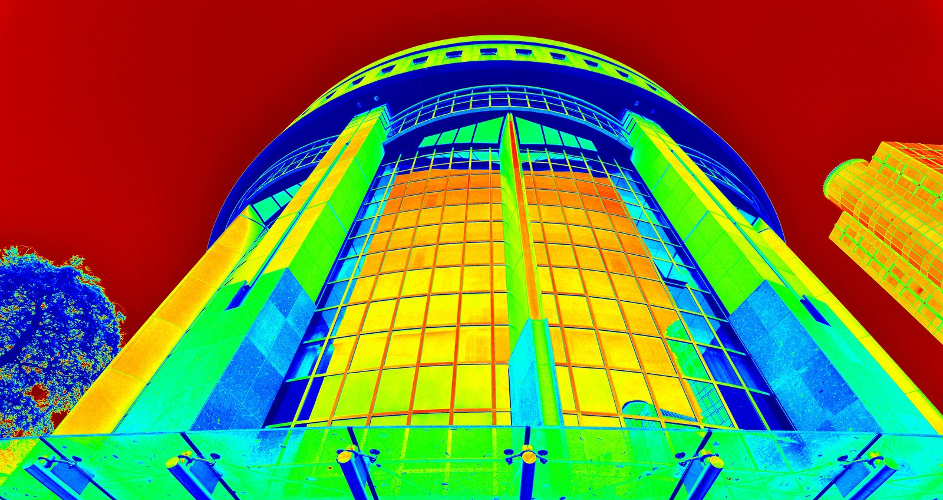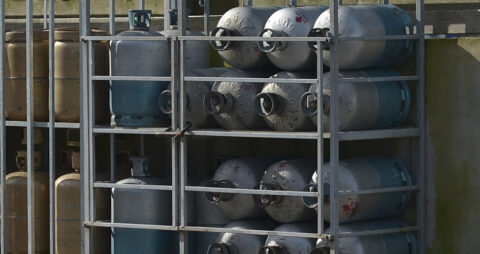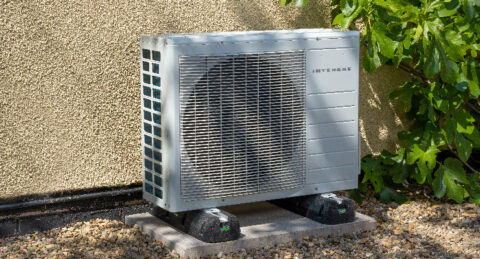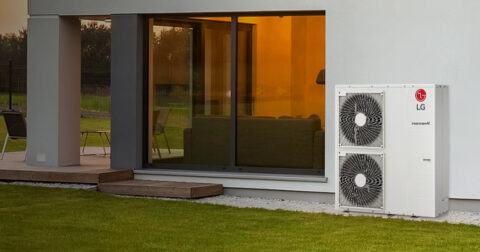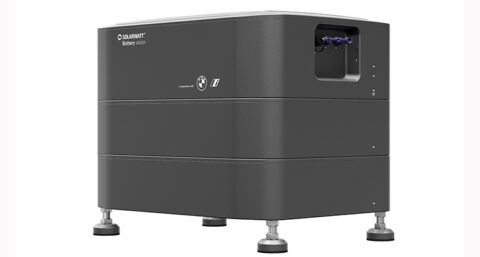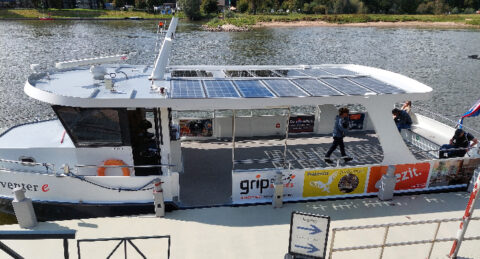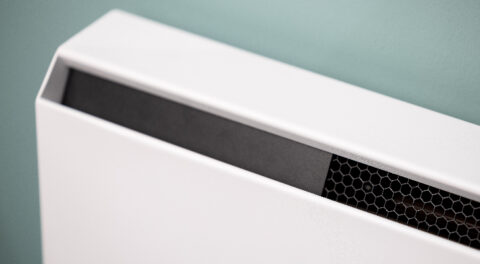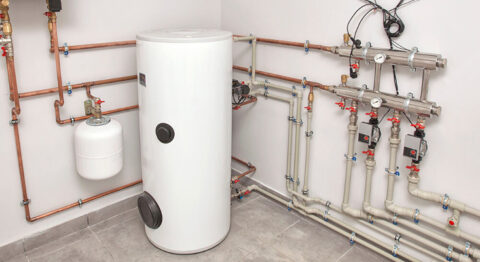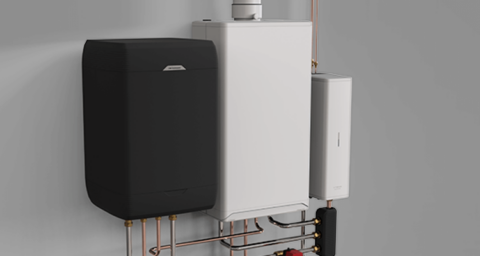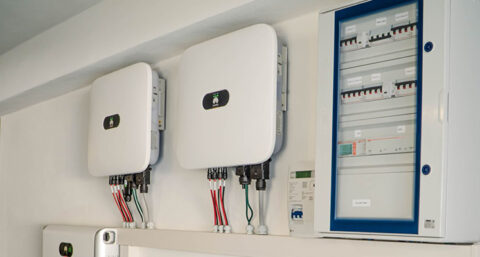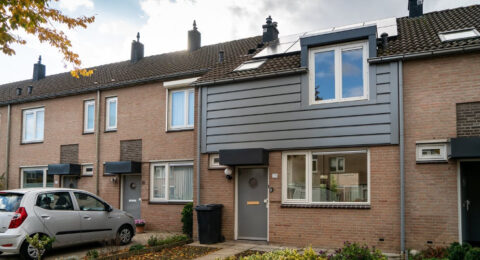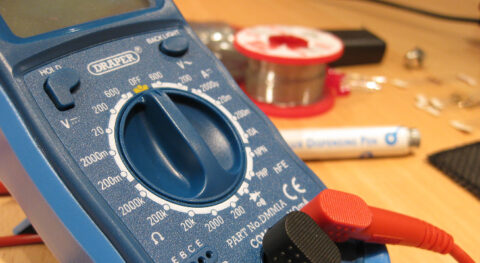With thermography, the taking of thermal images by an infrared camera, it is possible to contactlessly pinpoint construction defects and thus improve the quality of a building. However, the images from a thermal imaging camera must be analyzed knowledgeably. If this is done, heat losses, leaks (both moisture and air) and other abnormalities can be determined very accurately. Thermography is therefore increasingly used in construction, including in the following five ways.
Checking airtightness
Wheeling windows and doors create drafts. This compromises comfort and increases energy bills. Draught complaints can be visualized with a thermographic check. In new construction, window frames may not have been built in properly; in existing construction, sagging or cracking may have occurred over the years, causing window frames to no longer connect properly to the façade.
Thermography is sometimes combined with a blower door test for drafts. That test creates negative pressure in the building, allowing air to flow in from outside through gaps. The thermal imaging camera then reveals exactly where the cracks are, after which they can be fixed.
Determine cause of moisture spots
Moisture in a building is always a concern. It never "goes away" on its own, so the cause must be investigated. Damp spots can indicate a broken water pipe, but clogged or improperly installed rain or wastewater drains can also cause flooding. A thermal image recording makes it possible to determine the cause of a moisture problem without any cutting or breaking. Fixing such a problem prevents moisture from causing worse damage.
Perform roof inspection
Possible roof problems, such as drafts or moisture, require an inspection. Perhaps there is chinking, or a seal is no longer completely watertight due to damage. With a thermal imaging camera, this can be easily determined. A roof structure with moisture problems does not cool evenly in the evening. The infrared image of the thermal imaging camera shows temperature differences.
An inspection with a thermal imaging camera can be performed from the inside, in the space directly under the roof. A drone equipped with a thermal imaging camera can also be used to look at the roof from outside/above.
Inclusion of the facade
To determine the degree of insulation of a building, and in the case of damage, the thermographic recording of a total facade offers insight. This can be difficult if the building is large. On a narrow street, for example, there may not be enough distance to image the facade in its entirety. Many thermal imaging cameras have a panoramic image setting to merge multiple images into a whole. All the details of the facade can then be easily identified and analyzed.
Locating cold bridges
A thermal bridge in a home or building can lead to mold growth. A thermal bridge causes moisture from the ambient air to precipitate in a certain place, and mold can develop there. This is bad for the health of the occupants; so the cause must be identified. In the case of mold, a thermal imaging camera will reveal a thermal bridge in most cases.
There are cameras that can calculate, based on ambient temperature, humidity and measured surface temperature and humidity, whether there is a risk of mold growth. If there is an indication of this, the potential danger of mold can already be addressed, without mold actually being present. Very important for people with health issues!
